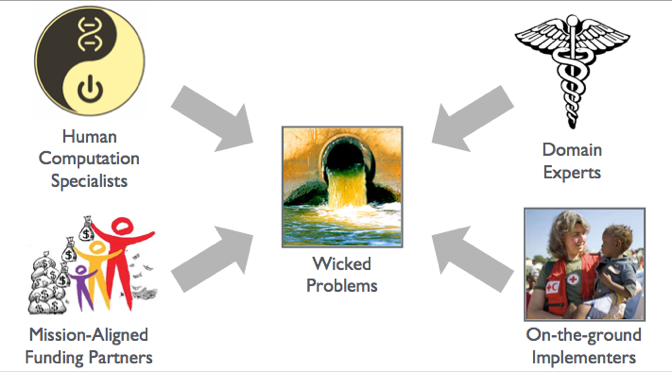
The zinnia plants began to exhibit guttation and epinasty, both signs of plant stress. Credit: NASA
When Scott Kelly tweeted a picture of moldy leaves on the current crop of zinnia flowers aboard ISS, it could have looked like the science was doomed. It was in fact an opportunity for scientists back on Earth to better understand how plants grow in microgravity, and for astronauts to practice doing what they’ll be tasked: autonomous gardening.
The Veggie plant growth facility was installed on the orbiting laboratory in early May of 2014, and the first crop – ‘Outredgrous’ red romaine lettuce – was activated for growth. The first growth cycle faced some issues...
Read More










Recent Comments